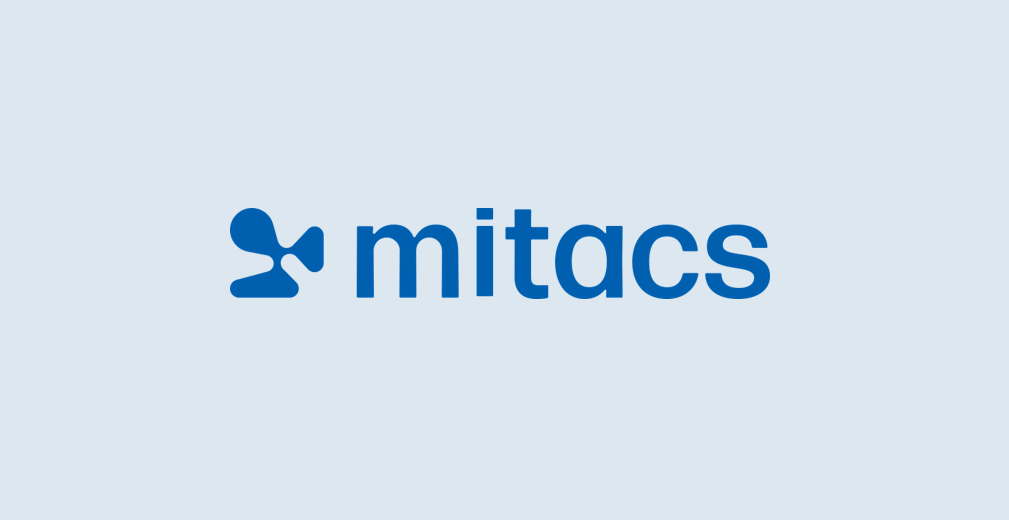
This research project aims to develop data analytic technologies to achieve the smart waste and recycling management services. In the smart waste management, the information about container fill levels is captured by the sensors through the Internet of Things (IoT) in real time. A more efficient dynamic routing strategy will be developed through this research […]
Read More